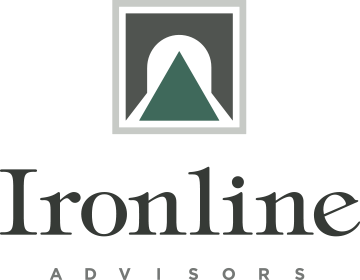The U.S. HVAC market is expected to reach annual revenue of approximately $95 Billion in 2021. With over 108,000 HVAC companies, industry growth is driven by commercial and residential construction activity in warmer climates and aging HVAC systems in existing homes and businesses. Potential revenue comprised of maintenance contracts, repairs and replacements are readily available. Industry licensing restricts ease of entry to HVAC-licensed owner/operators in most states.
Commercial and Industrial HVAC: HVAC companies servicing large commercial, industrial and development clientele, usually expand field services to include plumbing, electrical, fire protection or security, operating as “Mechanical Contractors.” Their business is focused on new project installation for all field services. Long-term relationships with general and industrial contractors provide steady business development projects when the economy is stable to positive. Supplementing their construction-related projects are potential multi-year service and maintenance contracts to ensure warranty-compliance for major mechanical systems. Project pricing is either negotiated at cost-plus or open bidding, depending on the local supply of mechanical contractors and new projects pipeline. Gross margins range from 20-25% with EBITDA margins in the ~10% range. Private equity has a preference for service, repair and replacement revenue versus new construction. Market valuation is driven by relationship-based pricing, maintenance contracts and sector specialties. Ownership succession is often internally sourced by a management buyout group with seller financing in place.
Residential & Small Commercial HVAC: HVAC companies servicing residential and small commercial customers comprise the majority of the 108,000+ HVAC companies. Revenue size is driven by the number of service vehicles averaging $275,000 revenue per vehicle, and employee headcount averaging 4.8 per employer, performing replacement, repair and service contract work on an as-needed basis. HVAC service, repair and replacement work are more profitable than new construction – gross profit margins run 30-40% and EBITDA margins are 10-15%. Better performing HVAC companies are focused on maintenance agreement programs or clubs to supplement the seasonality of their replacement revenue.
Investor Interest: Private Equity and Strategic Buyers are attracted to residential and small commercial HVAC companies for their consistent growth, high profit margins, recurring revenue, diverse customer base and competitive entry barriers. For HVAC businesses focused on residential and commercial customers, the following performance attributes create significant investor interest and enterprise value for owners:
• Revenue growth exceeding 5-10% annually;
• Gross profit margins above 40% and EBITDA margins above 15%;
• Minimum annual revenue above $5 Million;
• Higher revenue mix of service, repair and replacement versus new installation;
• High quality owner/operator and General Manager in place; and
• Technicians with moderate average age and longer job tenure.
These attributes can result in market values in the 5 to 8 multiple of annual operating income.






